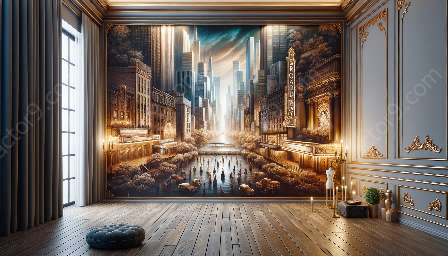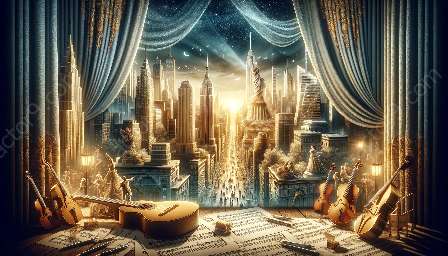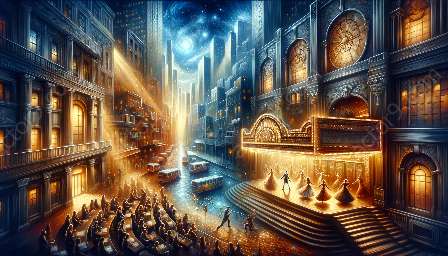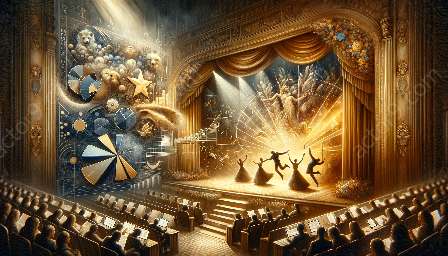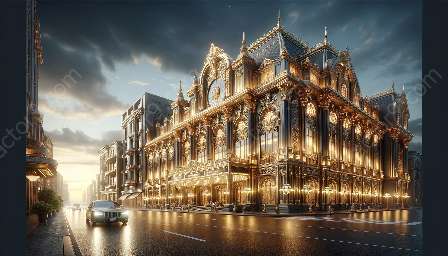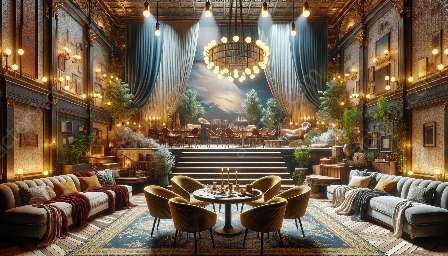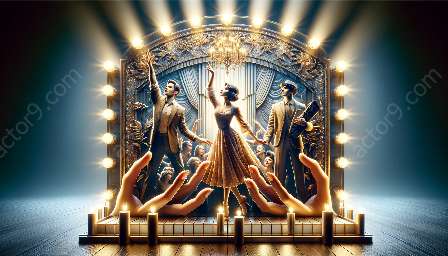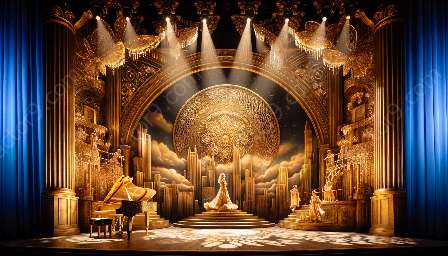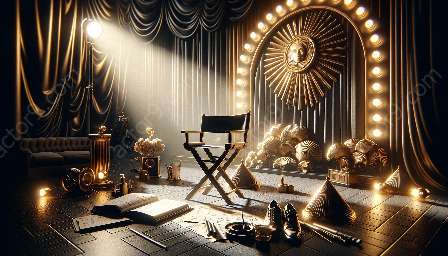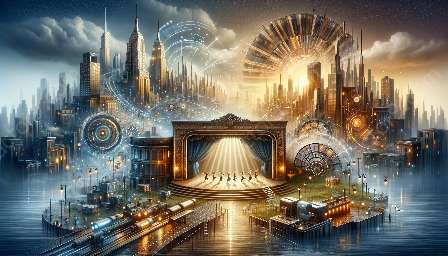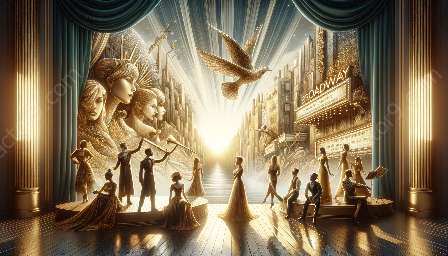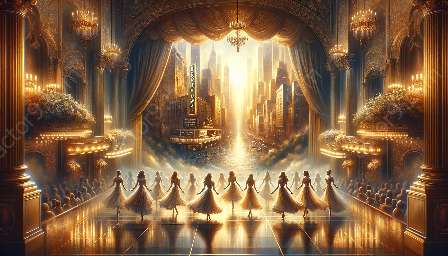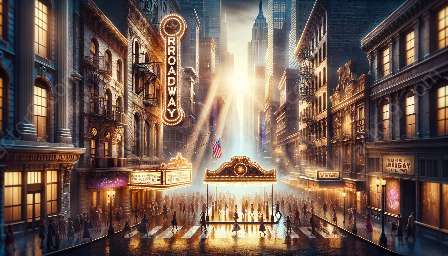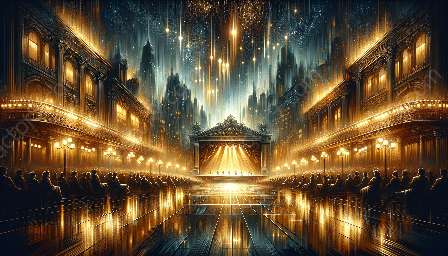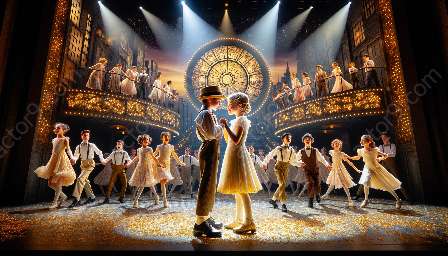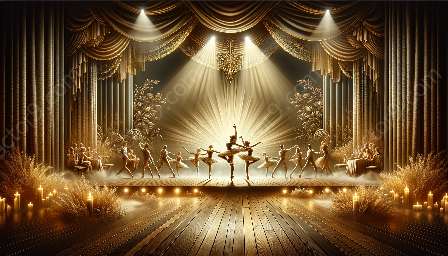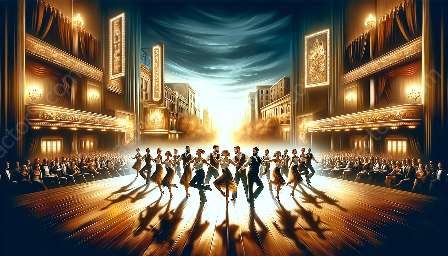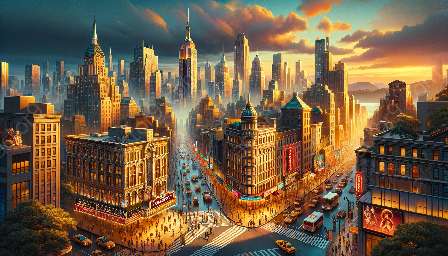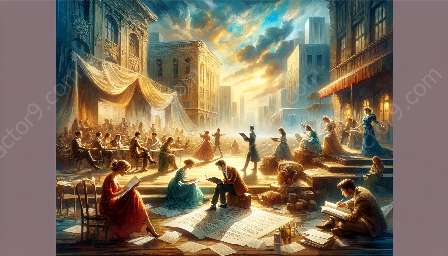Architectural planning plays a crucial role in enhancing the performance experience in Broadway theatres and musical theater through the integration of advanced theatrical lighting and sound technologies. By carefully considering the spatial and technical requirements of these technologies, architects and designers can create immersive and awe-inspiring performance spaces that captivate audiences. This topic cluster delves into the significance of theatrical lighting and sound technologies in architectural planning, particularly in the context of Broadway theatres and musical theater.
The Impact of Theatrical Lighting and Sound Technologies
Modern architectural planning for Broadway theatres and musical theater is informed by the transformative impact of theatrical lighting and sound technologies. Innovations in lighting and sound systems have revolutionized the way performances are staged and experienced, offering dynamic possibilities for creating captivating atmospheres and amplifying artistic expressions. The integration of state-of-the-art lighting and sound technologies has become a hallmark of contemporary architectural design for performance spaces, emphasizing the fusion of art and technology.
Enhancing the Audience Experience
Architectural planning in Broadway theatres and musical theater prioritizes the seamless integration of lighting and sound technologies to enhance the audience experience. Through strategic placement and utilization of advanced lighting fixtures, designers can manipulate space and perception, accentuating the visual elements of performances while establishing immersive environments that transport viewers into the world of the production. Similarly, cutting-edge sound systems contribute to the spatial dynamics of the performance space, ensuring that every seat in the audience offers an optimal auditory experience.
Innovative Design Solutions
Architects and designers engage in innovative design solutions that cater to the specific technical requirements of theatrical lighting and sound technologies. The architectural planning process involves meticulous consideration of factors such as sightlines, acoustics, and flexibility in accommodating diverse production needs. From the strategic arrangement of lighting instruments to the implementation of acoustic treatments, the integration of these technologies necessitates a holistic approach that harmonizes aesthetics with functionality.
Adapting to Evolving Technologies
The ever-evolving landscape of theatrical lighting and sound technologies necessitates a forward-thinking approach in architectural planning for Broadway theatres and musical theater. Designers must continually adapt to advancements in LED lighting, immersive audio systems, and control technology to ensure that performance spaces remain at the forefront of innovation. Integrating sustainable and energy-efficient lighting solutions also reflects the industry's commitment to environmental stewardship.
Case Studies: Broadway Theatres Architecture
Several iconic Broadway theatres serve as exemplars of architectural planning that seamlessly incorporates theatrical lighting and sound technologies. The Richard Rodgers Theatre, known for its historical significance and contemporary productions, features a meticulously designed lighting grid and cutting-edge sound reinforcement systems that complement the venue's grandeur. Similarly, the August Wilson Theatre boasts an architectural layout that optimizes the distribution of lighting and sound equipment, enhancing the impact of every performance held within its walls.
Future Trends and Considerations
The future of architectural planning in Broadway theatres and musical theater is poised to witness further integration of advanced lighting and sound technologies. As immersive experiences and interactive performances gain momentum, designers will explore innovative approaches to spatial design and technical infrastructure, embracing the potential of augmented reality and dynamic lighting control systems. Additionally, the accessibility and inclusivity of performance spaces will remain a focal point, influencing architectural decisions in accommodating diverse audience needs.
Conclusion
The intersection of architectural planning and theatrical lighting and sound technologies is pivotal in shaping the sensory journey of audiences in Broadway theatres and musical theater. As the realms of architecture and performance technology continue to converge, the symbiotic relationship between innovative design and captivating experiences underscores the enduring allure of live theatrical productions.

